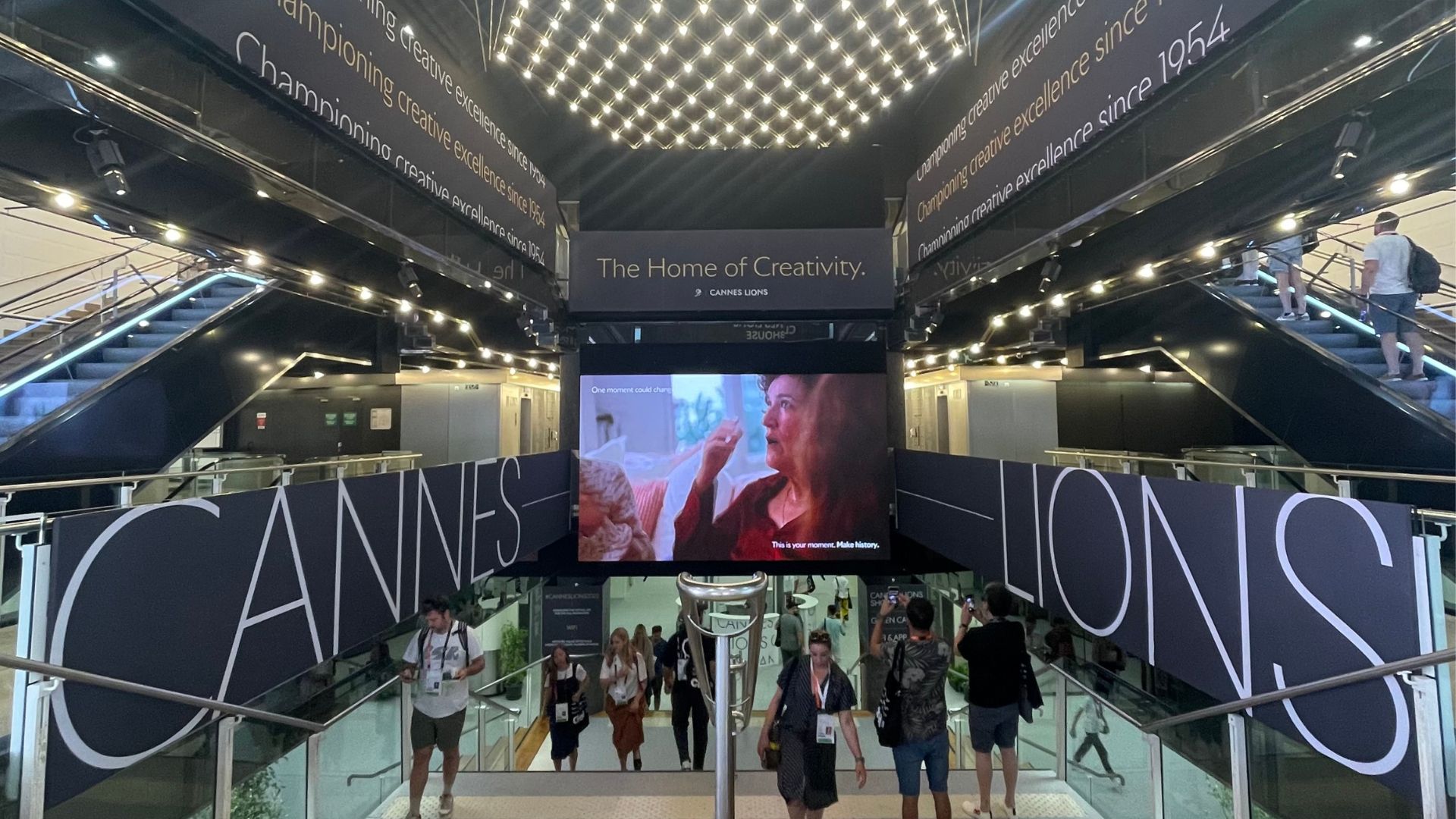Restrictions like social distancing, remote working and sheltering in place have placed huge constraints on people and brands for much of 2020—cancelling vacations and weddings, radically changing the scale and scope of events, ceremonies and trade shows. But instead of planning to make 2021 a do-over of these miserable last few months, maybe we’d all be better off taking a beat to consider… Mick Jagger.

Not the 75-year-old Jagger who, a little more than a month after heart surgery, posted a video of himself making his signature dance moves (truly living life with no limits). Instead, let’s consider the young Sir Michael Philip Jagger. According to Keith Richards in the book, A Beautiful Constraint, in the early day of The Rolling Stones, the band was booked on tiny stages in tiny clubs. Once all the equipment and the band were on stage, Jagger was often left with nothing more than a minuscule 4’ by 4’ space from which to perform. With his voice miked, he could capture the audience’s ears, but he wanted eyeballs. He wanted attention. He needed a bigger presence, but he had a small space (know limits). Jagger’s need to get attention in constrained space is what made Jagger move like Jagger.
People and brands say we want no limits. We don’t want to be constrained. We don’t want to be told what to do, we don’t want our budgets slashed or scrutinized, to be told what sandboxes we can or can’t play in or what channels to watch or use. Constraints, we claim, stifle us, confine us, trap us. But that’s not what the research shows. When we know limits, creative magic happens.
The authors Mark Barden and Adam Morgan point out that most of us would find it difficult to write a poem about love, but not quite as daunting to come up with a limerick about one of our hobbies or passions. The limerick is the constraint. It’s a form. And in that form, we find our freedom. We know limits.
When people and brands are boxed in (literally, like Mick Jagger in his early days and shelter-in-place restrictions today, or figuratively, by things like budgets, available resources, specific processes, legislation, regulation, or even required outputs and goals), the best option is often to dig in. As we continue through the phases of the Disruption Life Cycle, let’s use the creative challenge of the constraint to tap into a kind of inventiveness that compels us to seek out and connect new and different information, data, sources and processes.
That’s the jumping off point for the world’s most creative people and brands. Constraints unlock creativity when we:
- Navigate the tension between no limits and know limits by exploring what’s possible, what path forward works and whether we (I.e., clients and agency creatives) have the perseverance to approach the challenges of a constraint in new ways
- Approach in different ways, with different data, different channels and activations, different processes, different points of view and areas of expertise and different criteria
- Ask daring how to and how do questions (e.g., “How do we create more equity when our staff lacks diversity?”) that challenge the framework of what’s possible
- Reframe the constraints as if challenges (e.g., “If we targeted X then we could….”)
- Rally additional partners (stakeholders who share our values, external partners, new resource owners, etc.)
In these messy times, the only way that brands can live with no limits zeal and appeal is when they tap deeply into the creative richness that emerges when they know limits.
Interested in talking about how this works in practice? Reach out to have a conversation.



